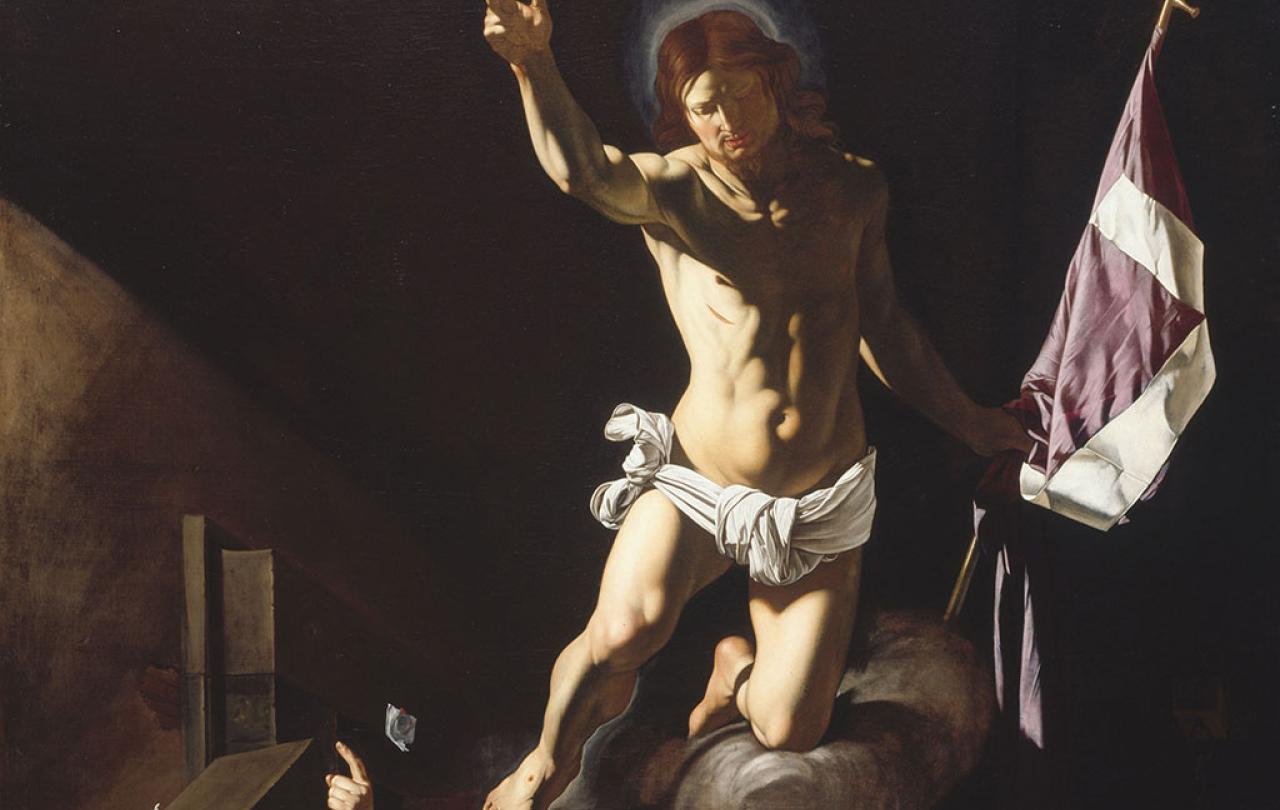
No one on the planet can pretend not to care about death or about a way to overcome it. The heart of the Christian message is that death has been overcome. This isn’t just about immortality. It’s about Resurrection: the triumph of life over death. If we want to see why that matters we need first to face the reality of death squarely and without flinching. The best person to help us do that is Martin Heidegger.
It is unfortunate that one of the most influential philosophers of the twentieth century is also among the hardest to understand. There are even philosophy professors who avoid Heidegger’s work and refuse to talk about it (his associations with Nazism and antisemitism don’t help either). Yet for all that, his fame and influence continue unabated. Why? Perhaps it is due to the bold way he points to realities at the heart of the human condition. Realities like death.
Nobody can avoid death. No matter how rich, healthy, successful, or famous you are, death comes to you as it came to everyone before you.
If you dare to open Heidegger’s most renowned work, Being and Time, you will find a description of human existence as being-towards-death. What on earth does that mean? It starts with Heidegger’s claim that time is part of our very essence. We are time-bound beings. And the way in which we are time-bound has a direction: the future. Anxiety about the future constitutes our existence. We never stop being anxious: about where our lives are going, whether we will achieve our goals and dreams, whether our loved ones will be safe and happy, even (for some) whether we will survive another day. Only the most downtrodden and dehumanised in society have lost this forward-looking drive. The rest of us live most of our lives in our own projected future. Earning money, getting engaged, buying a house, getting a secure job, raising children: almost everything we do is future-oriented.
Yet our ultimate future faces us all as a horrifying reality we can’t avoid, that we spend most of our lives trying to ignore. We are all going to die.
Nobody can avoid death. No matter how rich, healthy, successful, or famous you are, death comes to you as it came to everyone before you. The greatest emperors, the wealthiest entrepreneurs, and the most famous superstars in literature, music or art have no advantage over the lowliest peasant. Death is the great leveller. And what of all that achievement then? What does it mean?
Death puts an end not only to ‘worldly’ ambitions like the above, but also to more meaningful pursuits like love, family, and relationships. Whoever you love will die too. This was the terrible truth that the Russian novelist Leo Tolstoy learnt. After decades of promoting family as the true meaning of life, he realised that he was simply passing the buck to the next generation. Unless each individual life had its own meaning, he had nothing to offer his children: like him they would end their lives six feet under the ground. He could neither stop them from dying nor give them a meaning to their lives that outlasted their death.
Heidegger said we should spend more time in graveyards. He believed that facing the inevitability of our death would make us live more authentic lives. No doubt he was right. But wouldn’t something else change how you lived your life? Namely, if you believed death was not the end?
There’s a point being made here that goes far beyond immortality: it is about the restoration of life by the author of life who defeated death.
The Christian tradition is founded on an event with a unique promise. Christians claim that Jesus defeated death by dying and rising again. This means that even though we still die we will one day rise with him and never die again. There is no greater hope on offer. Nothing could be more relevant, more urgent, more meaningful than this central Christian claim. It is equally relevant to someone gasping for breath on a sinking ship and to someone bursting with health in the prime of life.
If Heidegger is right, the Christian message strikes at the heart of the most horrifying and cold reality of the human condition. The event of the Resurrection has the power to transform every anxious future-oriented human being facing their inevitable death. The reality is cold and horrifying no more. Jesus’ death broke the curse of death and robbed it of its power. If we follow him in dying, we will also follow him in rising. Just as Jesus rose again (and because Jesus rose again), we will rise again one day and death will be no more.
But is the Christian claim really unique? Don’t other religions believe in life after death?
Not like this. Not bodily resurrection. We must not confuse the Christian claim with a general belief in immortality, though that is an essential part of it. Other religions hold that our souls continue after death. Some teach reincarnation, an endless cycle of birth and death. But there’s something more to the Christian claim. The Gospel accounts tell that Jesus died and was buried in a tomb. If all Jesus wanted to prove was that the spirit outlives the body, then his body could have remained in the tomb. No big deal: it’s just a dead body. His ghost could have still wandered around and appeared to people.
All four Gospel accounts begin their scandalous news with the inability to find Jesus’ dead body. Three days after he dies, the women go to his tomb, and the tomb is empty. When the risen Jesus appears to the disciples, he takes pains to prove he is not a ghost. He invites them to touch him. He eats breakfast with them. He walks among them as flesh-and-blood. There’s a point being made here that goes far beyond immortality: it is about the restoration of life by the author of life who defeated death.
That’s why the Christian teaching on immortality is unique: because immortality is just the beginning. It’s about far more than that. It’s about restoration to life in the world God made: the bodily world in which we live. God created it. He doesn’t want us to leave it after we die. He wants us still to live in it. Jesus’ death empowered us so that we can live in it forever.








